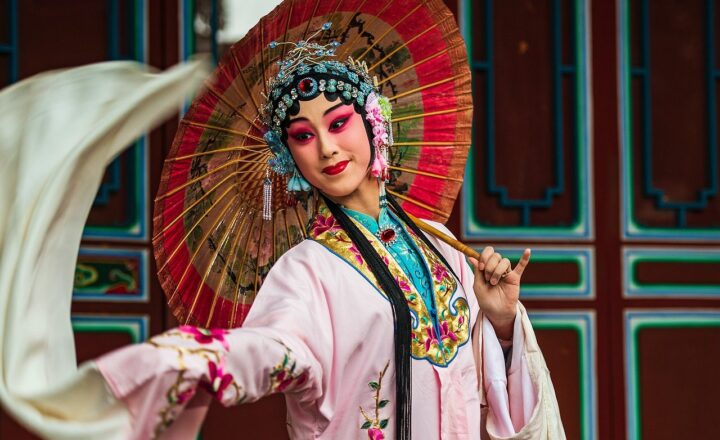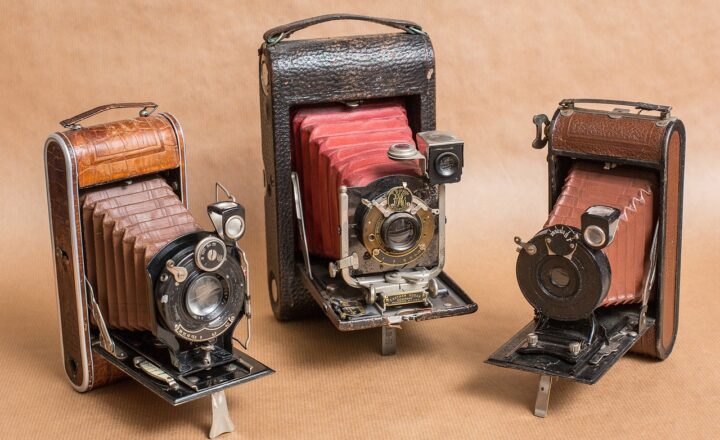
The art of filmmaking has transformed exponentially since its inception. Early film pioneers set the groundwork for cinematic techniques that still resonate with modern filmmakers today. This article explores the evolution of film techniques and how the innovations of the past have influenced contemporary cinema.
1. The Birth of Film: Pioneers and Innovators
The origins of film can be traced back to the late 19th century, where inventors and artists experimented with moving images. Key figures like Thomas Edison, Georges Méliès, and the Lumière brothers significantly shaped early cinema.
– **Thomas Edison**: He invented the Kinetoscope, a device for viewing moving pictures, in 1891. This marked the beginning of the motion picture industry.
– **Georges Méliès**: Often regarded as the father of fantasy film, Méliès introduced imaginative storytelling through techniques like trick photography and multiple exposures in films like “A Trip to the Moon” (1902).
– **Lumière Brothers**: Auguste and Louis Lumière pioneered the first public screening of films in 1895, establishing the formal beginning of cinema as an entertainment medium.
These early filmmakers explored new narrative techniques, such as editing, special effects, and narrative structure, laying the foundation for the film techniques we utilize today.
2. Storytelling Through Silent Films
Silent films, which dominated the early 20th century, necessitated a unique approach to storytelling. As dialogue was absent, filmmakers focused heavily on visual elements and body language to convey emotion and narrative.
– **Expressionism**: Filmmakers, like F.W. Murnau with “Nosferatu” (1922), used lighting and shadows to reflect characters’ emotions, paving the way for visual storytelling.
– **Intertitles**: Text screens were introduced between scenes to clarify the plot and enhance storytelling. Today, filmmakers still use on-screen text to convey crucial information quickly.
– **Visual Composition**: Directors such as D.W. Griffith emphasized camera angles and shot composition, techniques that remain fundamental in modern filmmaking.
The silent era established a visual language that directors continue to depend upon, showing the importance of visual storytelling in film.
3. The Advent of Sound and Its Impact on Cinematic Techniques
The transition from silent films to sound in the late 1920s marked an essential turning point. “The Jazz Singer” (1927) was the first significant talkie and brought new dimensions to film production and storytelling. This revolution influenced many cinematic techniques, including:
– **Dialogue and Sound Design**: The introduction of synchronized sound allowed filmmakers to create a richer narrative experience. Dialogue and sound effects became integral components of storytelling.
– **Musical Scores**: The accompanying musical score became a crucial aspect, guiding audiences’ emotions and enhancing the film’s atmosphere. Composers like Max Steiner set a precedent still followed in today’s films.
– **Editing Techniques**: The need for sound synchronization led to innovations in editing as filmmakers learned to cut and assemble scenes to maintain rhythm and pacing based on dialogue and sound.
Thus, early sound films established conventions that have been refined but still strongly influence today’s cinematic creations.
4. The Rise of Genre and its Techniques
The early 20th century saw the emergence of distinct film genres, each with unique conventions and storytelling techniques:
– **Western Films**: Originating in the silent era, Westerns established tropes like the gunfight and heroism which still thrive in modern filmmaking.
– **Horror Genre**: Early horror films, like “Nosferatu” and “The Cabinet of Dr. Caligari” (1920), explored themes of fear, isolation, and the supernatural, leading to stylistic choices that continue to be used for suspense and shock effects in contemporary films.
– **Animation and Experimental Cinema**: Pioneers such as Walt Disney and avant-garde filmmakers experimented with storytelling on different levels, encouraging and shaping the evolution of animated films and artistic expression.
By defining genres and their associated techniques, early filmmakers influenced how stories are structured and presented across all forms of cinema.
5. Cinematic Techniques That Stand the Test of Time
As cinema progressed through the decades, many techniques established in early films transitioned into modern practices:
– **Montage Editing**: Developed by filmmakers like Sergei Eisenstein, montage editing emphasizes juxtaposition and rhythm, a technique still prevalent in today’s action sequences.
– **Symbolism and Visual Metaphors**: Early filmmakers adeptly used imagery to convey deeper meanings, a practice that continues to enrich modern narratives through symbolism and visual storytelling.
– **Use of Lighting and Color**: Cinematography pioneers like Gregg Toland with “Citizen Kane” (1941) introduced lighting manipulation and color use strategies that remain essential in creating mood and style in contemporary film.
These foundational cinematic techniques provide filmmakers with tools to evoke emotions, tell compelling stories, and engage audiences on multiple levels.
6. Conclusion: The Ongoing Influence of Early Film
The early days of film gave rise to a rich tapestry of techniques and conventions that have influenced every aspect of modern cinema. From the pioneers who introduced groundbreaking techniques to filmmakers who refined them, the legacy of early films lives on today.
As technology continues to evolve with advancements like CGI and virtual reality, the essence of storytelling rooted in early film-making remains pertinent. Filmmakers today draw inspiration from their predecessors, ensuring that early innovations continue to shape the cinematic landscape and the way stories are told across the globe.
Ultimately, the exploration of how early film influenced modern cinema serves as a reminder of the creative ingenuity that paved the way for today’s storytelling and visual artistry.






